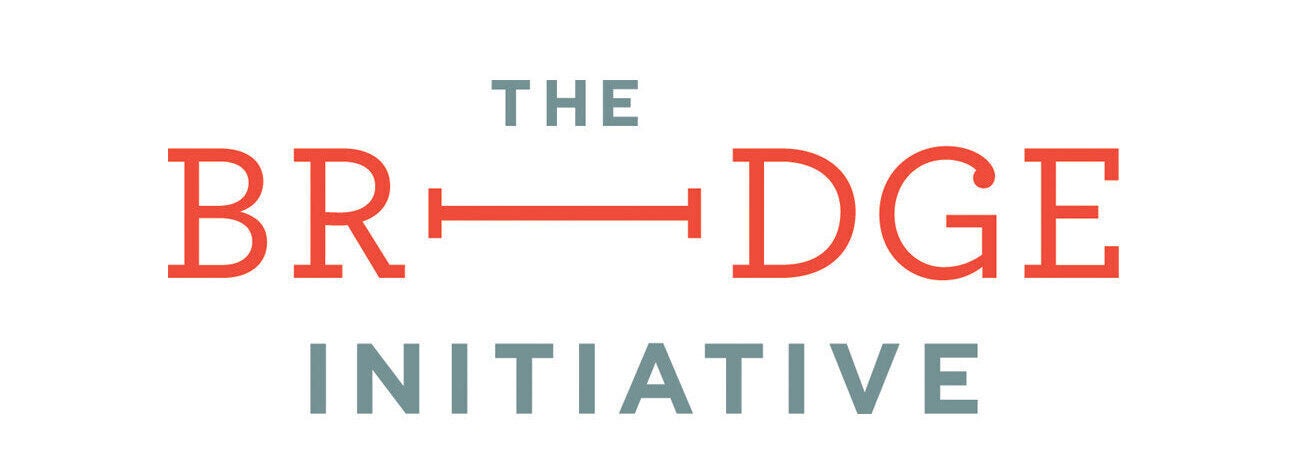
Factsheet: Countering Violent Extremism
IMPACT: The Countering Violent Extremism (CVE) programs are based on false premises that end up targeting American Muslims and stigmatizing the community as inherently suspect.
Under the Obama administration, the U.S. Department of Homeland Security (DHS) launched its Countering Violent Extremism (CVE) program aimed “to address the root causes of violent extremism.” Currently, there is no consensus in the US government on how to define “violent extremism,” but critics point out that the phrase and its related programs usually target American Muslim communities. In early February 2017, the Trump administration announced it would rebrand CVE to focus explicitly on “Islamic Extremism” or “Radical Islamic Extremism.”
The American CVE program was influenced by the UK’s “Prevent” strategy, which has been criticized as “flawed,” “counterproductive,” and creating “a serious risk of human rights violations.” In 2015, 280 academics, lawyers, and public figures published an open letter criticizing Prevent because “it reinforces an ‘us’ and ‘them’ view of the world, divides communities, and sows mistrust of Muslims.” Under Prevent, “growing a beard, wearing a hijab or mixing with those who believe Islam has a comprehensive political philosophy are key markers used to identify ‘potential’ terrorism.”
The U.S. Government states that the CVE framework is intended to help communities “…prevent individuals, including young people, from being inspired and recruited by violent extremists.” In 2015, CVE pilot programs were implemented in Boston, Los Angeles, and Minneapolis, and the U.S. government helped launch the Strong Cities Network, an international CVE information-sharing platform for city governments around the world.
A 2017 report by the Brennan Center for Justice found that CVE programs primarily target American Muslims, stigmatizing the community “as inherently suspect.” CVE initiatives are accused of employing discredited methodology which identifies harmless behavior to be “risk factors” of radicalization, thus restricting free speech and suppressing religious observance.
The Brennan Center is critical of CVE programs and says their negative impacts include “stigmatizing Muslims and reinforcing Islamophobic stereotypes, facilitating covert intelligence-gathering, suppressing dissent against government policies, and sowing discord in targeted communities.”
The American Civil Liberties Union (ACLU) and other groups have criticized CVE programs because they assume there are predictable behaviors and traits by which individuals become terrorists. Legal advocacy groups point to the fact that “all serious empirical studies — including those funded by the U.S. government — have concluded there is no typical trajectory that a person follows to become a terrorist.”
CVE initiatives have admitted there is no identifiable path to becoming a violent extremist, but still incorrectly assume that individuals’ behaviors and views (i.e. political or religious) are precursors to violence. In 2016, the FBI issued its CVE school guidance identifying a “trajectory to radicalization,” contradicting its own CVE plan, which states that there is no single path to becoming a terrorist.
In 2016, Congress appropriated $10 million in grants for CVE efforts to non-governmental organizations (NGOs), educators, and community groups including religious groups and social service providers. Several Muslim NGOs rejected the funding following the Trump administration’s announcement to re-brand CVE as explicitly “Countering Islamic Extremism” or “Countering Radical Islamic Extremism.”
Last Updated: June 1, 2017

 Search
Search